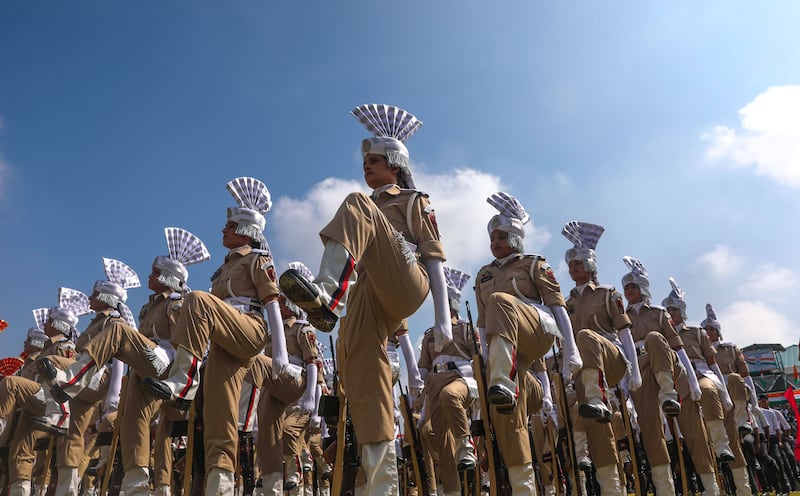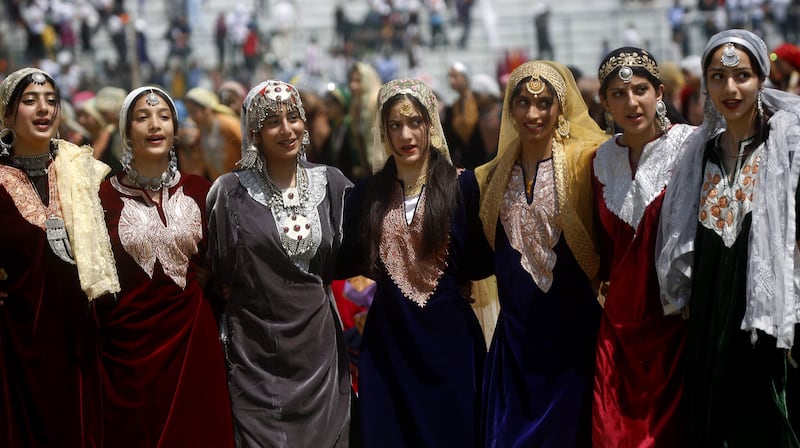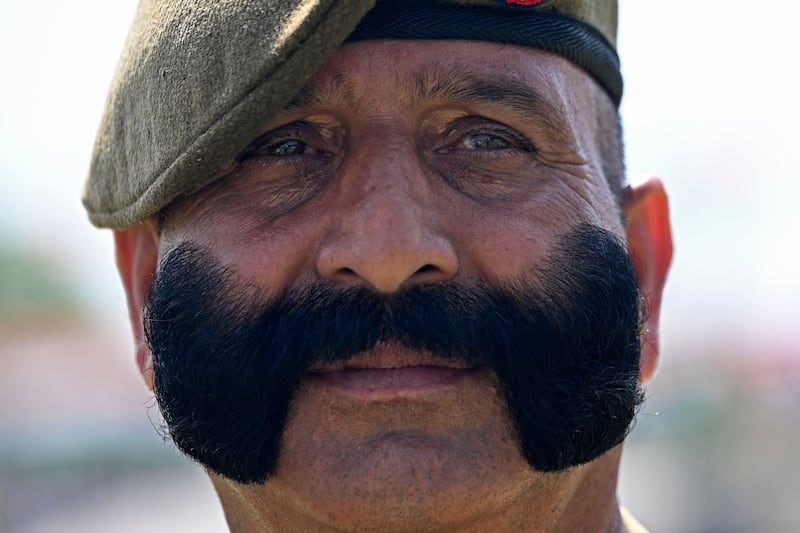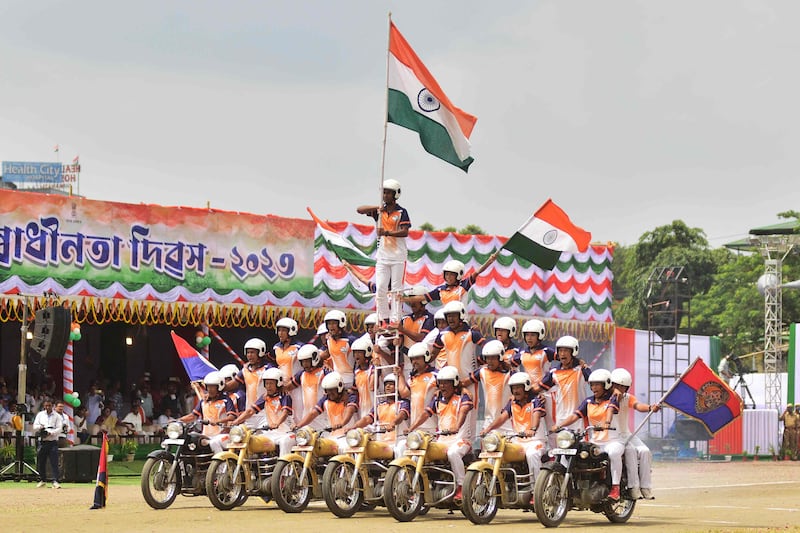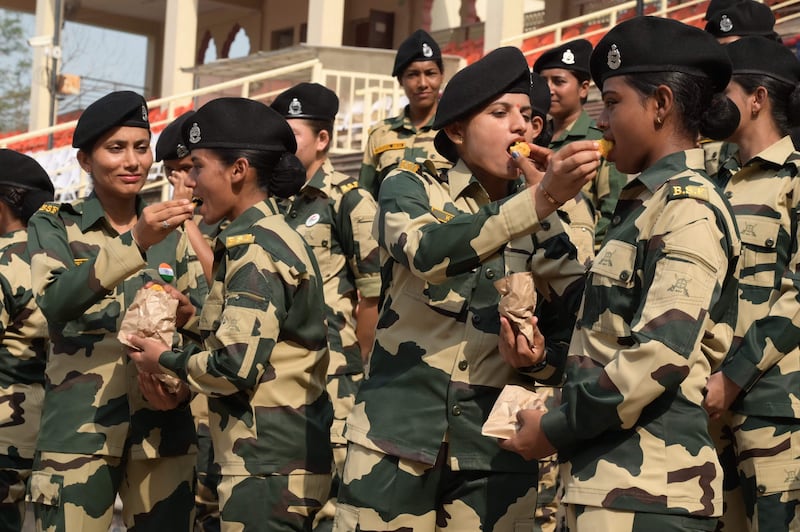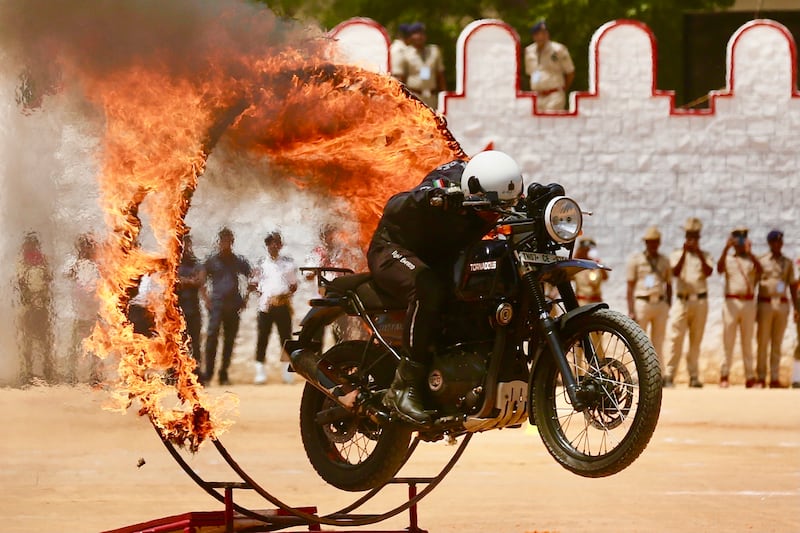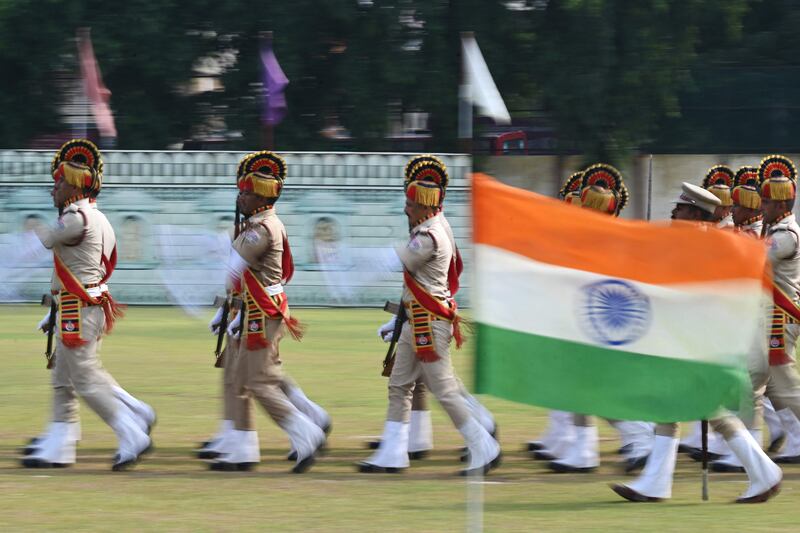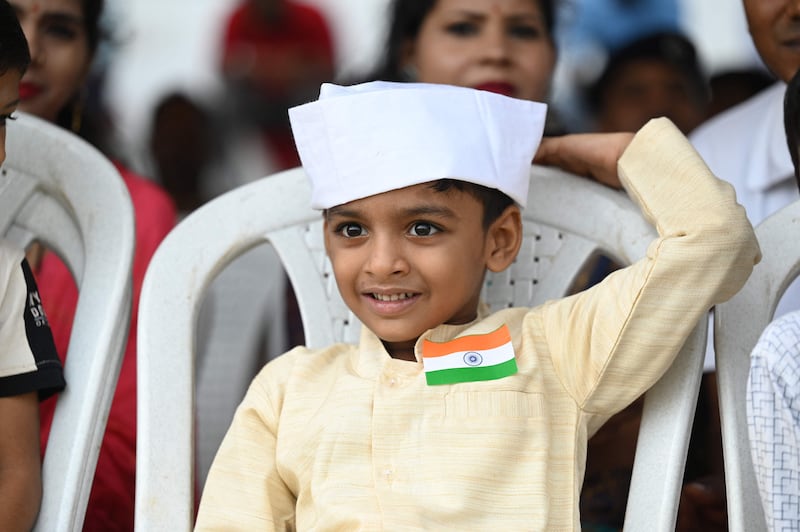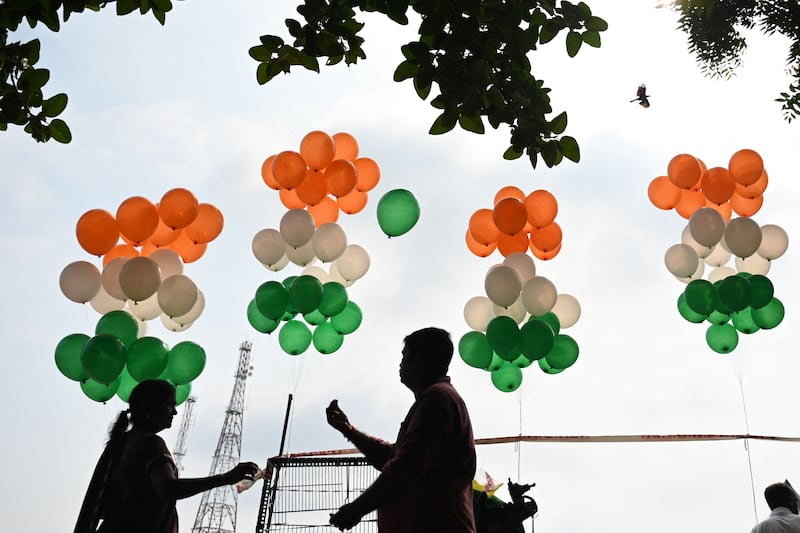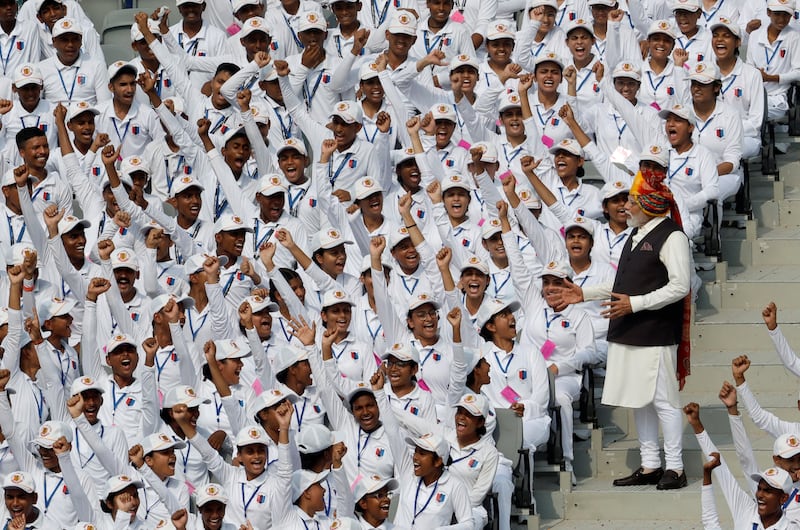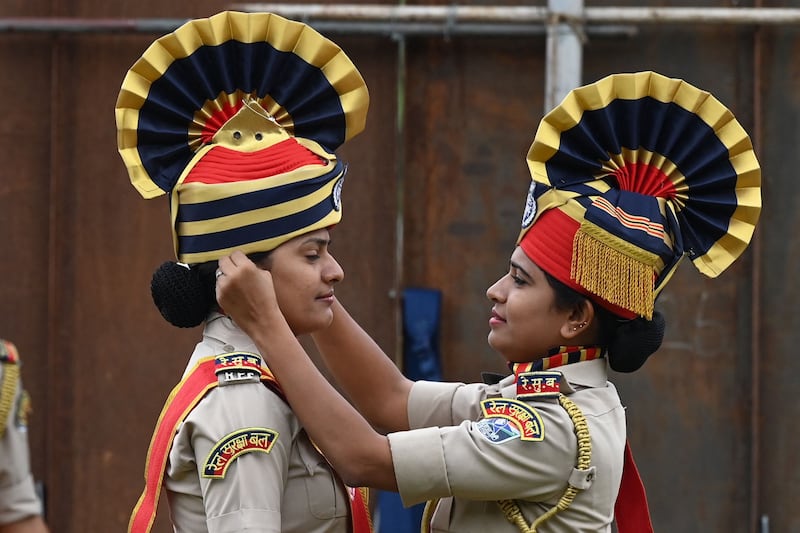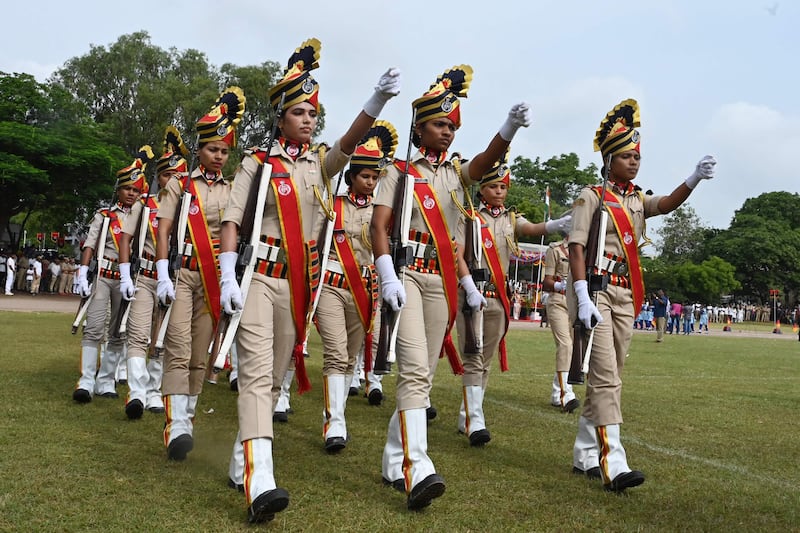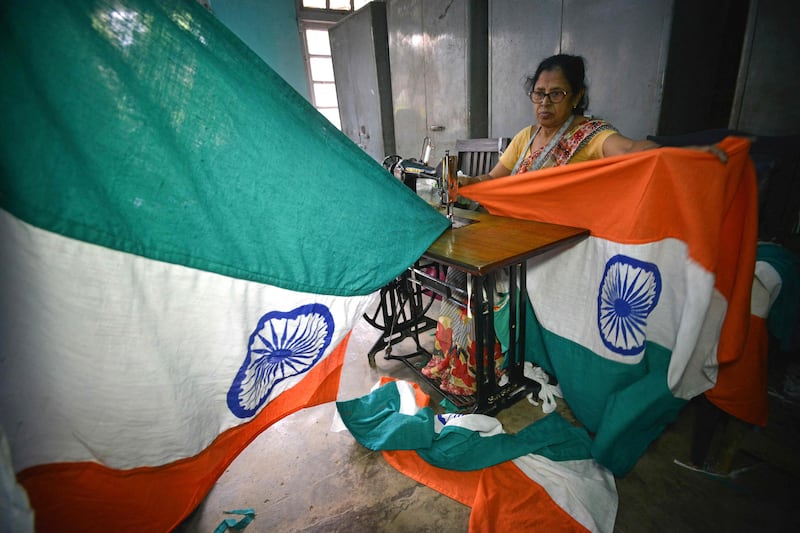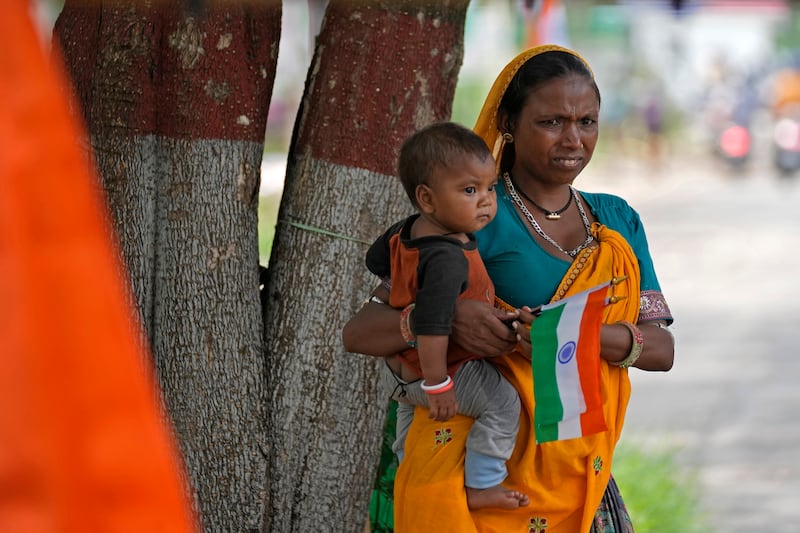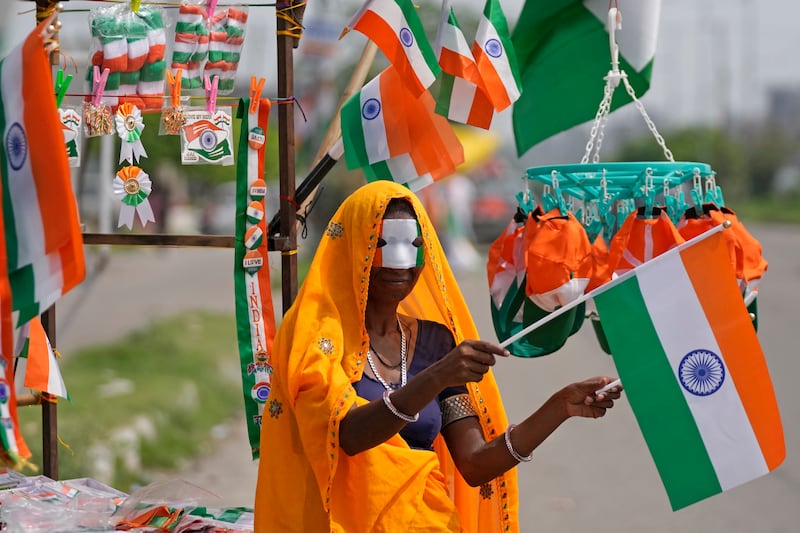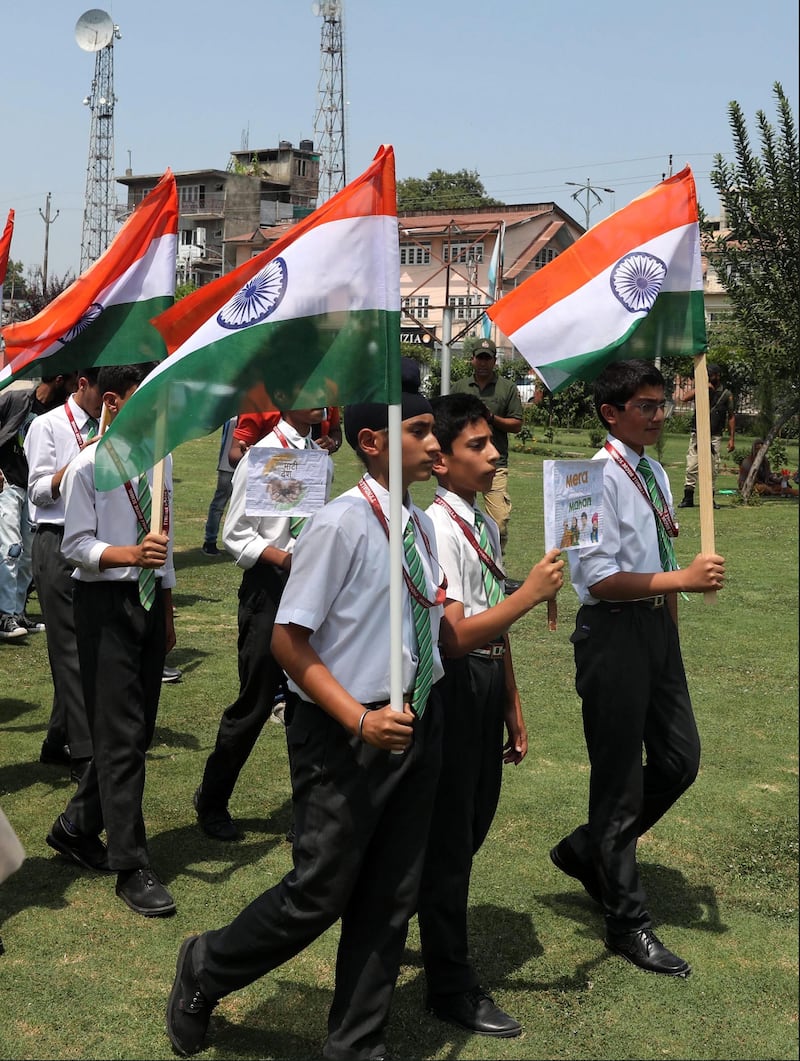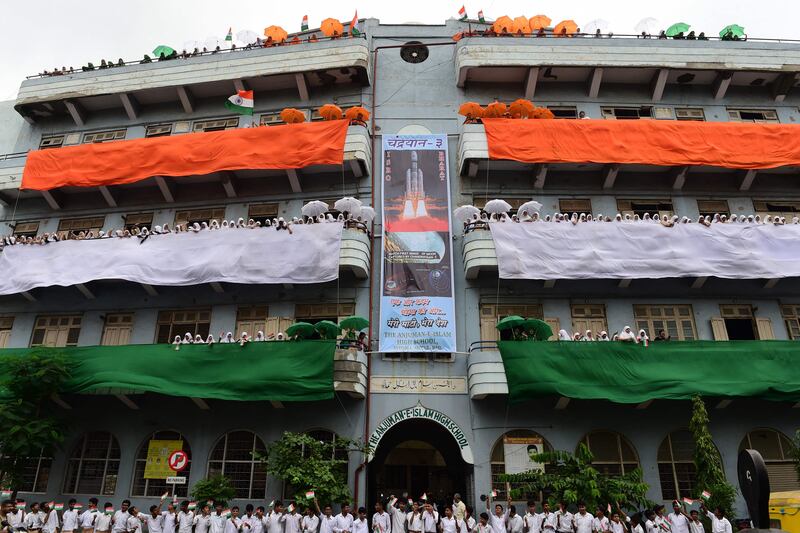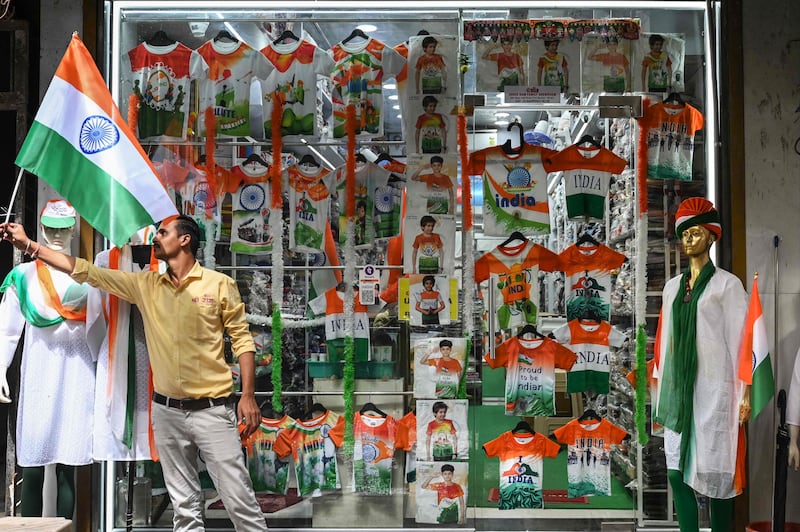India will celebrate its 77th Independence Day on Tuesday with much pomp and fare.
The South Asian nation of 1.4 billion people – home to around 25 per cent of the world’s population – won independence from the British colonisers on August 15, 1947, after almost two centuries.
Celebrations will include parades, poetry recitals and ceremonies to hoist the Tricolour, the Indian national flag.
Prime Minister Narendra Modi will also deliver a speech from the ramparts of the centuries-old Mughal-era Red Fort in the capital Delhi.
This year's celebrations are the first to be held since authorities lifted Covid-19 restrictions.
Why is August 15 India's Independence Day?
Britain ruled India for nearly two centuries but its military and economy were exhausted by the Second World War as anti-colonial movements began to challenge empires.
Within the Indian subcontinent, the UK faced two powerful, seemingly irreconcilable nationalist movements: one calling for the creation of Pakistan, a homeland for the Muslims of South Asia; the other for India, a pluralist nation.
The UK chose to partition the region and withdraw. Under the terms of the Indian Independence Act, the subcontinent was formally divided into two dominions at midnight on August 14, 1947.
The partition of colonial British India into two states, mainly Hindu India and Muslim Pakistan, triggered one of the biggest mass migrations.
About 15 million Muslims, Hindus and Sikhs swapped countries in the political upheaval marred by violence and bloodshed that cost more than one million lives.
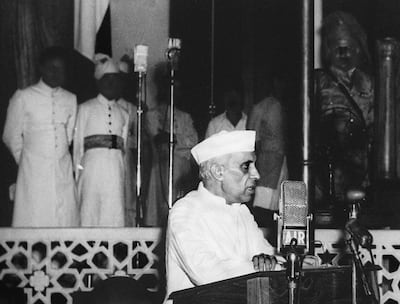
At midnight on August 15, 1947, the red sandstone parliamentary building in the heart of India’s capital echoed with the high-pitched voice of Jawaharlal Nehru, the country’s first prime minister.
“At the stroke of the midnight hour, when the world sleeps, India will awake to life and freedom,” Mr Nehru said, words that were heard live over radio by millions of Indians.
Then he promised: “To the nations and peoples of the world, we send greetings and pledge ourselves to co-operate with them in furthering peace, freedom and democracy.”
It marked India’s transition from a British colony to a democracy – the first in South Asia – that has since transformed from a poverty-stricken nation into one of the world’s fastest-growing economies, earning itself a seat at the global high table and becoming a democratic counterweight to its authoritarian neighbour, China.
Is it really the 77th anniversary?
Although India attained independence from the UK in 1947, it only became a fully sovereign republic with its own head of state on January 26, 1950.
Between those dates, the 299 men and women of India’s Constituent Assembly worked to imagine their emerging country and to inscribe their vision and foundational legal principles in a national constitution.
The outcome of their efforts is a remarkable document that remains a source of both inspiration and contention today.
Some confusion also remains about which anniversary India is celebrating.
If August 15, 1947, is considered the day India first celebrated its independence from the UK and viewed this as its first Independence Day, then this year is the 77th Independence Day.
But if viewing the first anniversary of Indian independence on August 15, 1948, as the country's first Independence Day, then India is celebrating its 76th Independence Day.
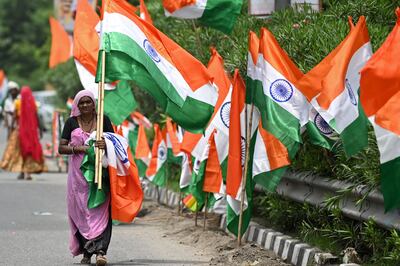
What does India's national anthem Jana Gana Mana mean?
Rendered in the prescribed metre, it takes exactly 52 seconds to sing the Indian anthem, Jana Gana Mana.
The lyrics derive from the first stanza of the famous poet, playwright and social reformer Rabindranath Tagore's five-stanza poem Bharot Bhagyo Bidhata, or “Dispenser of India's destiny” in the Bengali language.
Tagore set the poem to music himself.
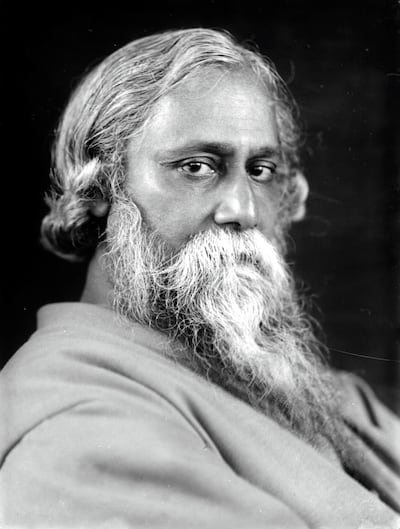
The anthem opens with an exaltation of the Almighty, who guides the country’s destiny:
Jana-gana-mana-adhinayaka jaya he
Bharata-bhagya-vidhata
Or, in English:
You, the ruler of our minds, our nation
To you our humble salutations!
The poem then begins a virtual tour of pre-independence India, beginning in the north and circling west, mentioning the regions of Punjab, Sindh, Gujarat, Maharashtra, the southern states speaking Dravidian languages, and Odisha and Bengal:
Punjaba-Sindh-Gujarat-Maratha
Dravida-Utkala-Banga
Tagore refers to features of physical geography as well: the Vindhya and Himalaya mountain ranges and the Yamuna and Ganges rivers.
The Almighty’s name, the anthem says, swells and animates this land. In the final part, Tagore provides a refrain:
Taba Subha name jage, taba subha ashisha maange,
gahe taba jaya-gatha.
Jana-gana-mangala-dayaka jaya he Bharata-bhagya-vidhata.
Jaya he, Jaya he, Jaya he, jaya jaya jaya jaya he.
Or, in English:
Your blessings we seek, your praises replicate you
As the Protector of India's fate!
Victory! Victory! Victory!
Victory forever to you!
